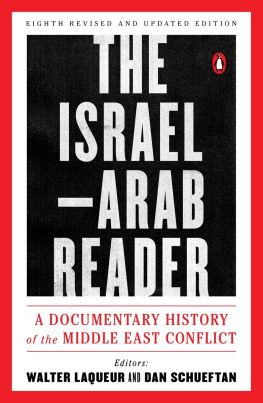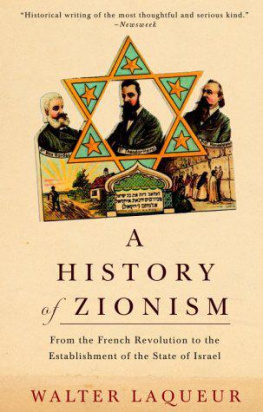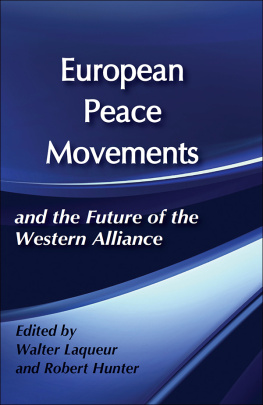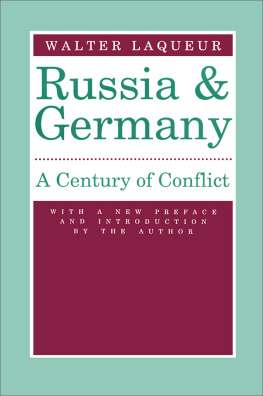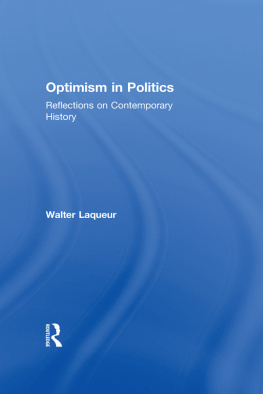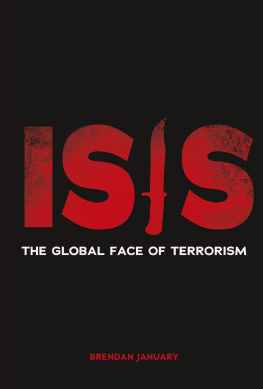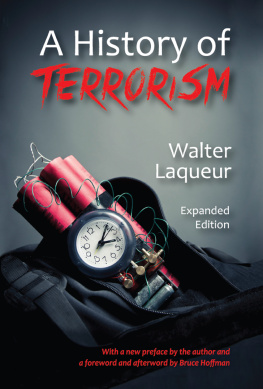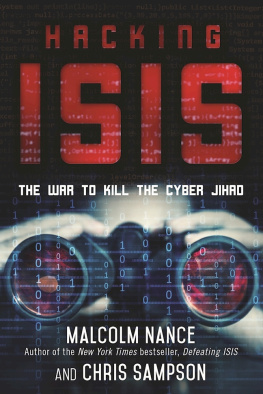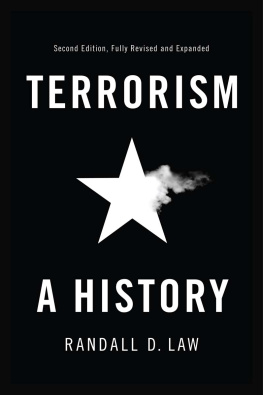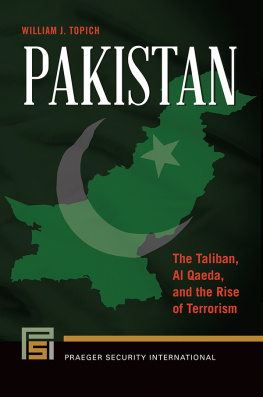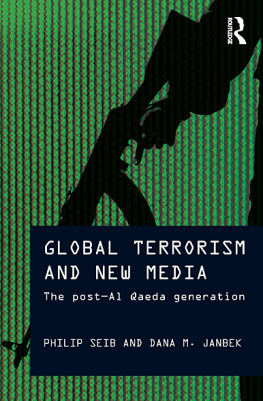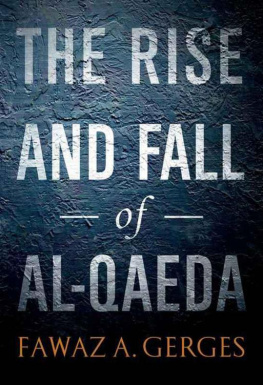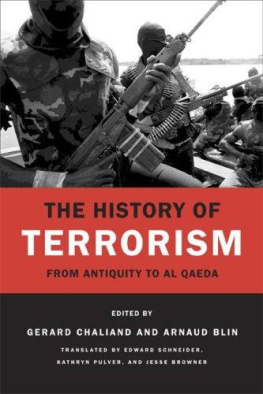Contents
Guide
Pagebreaks of the print version
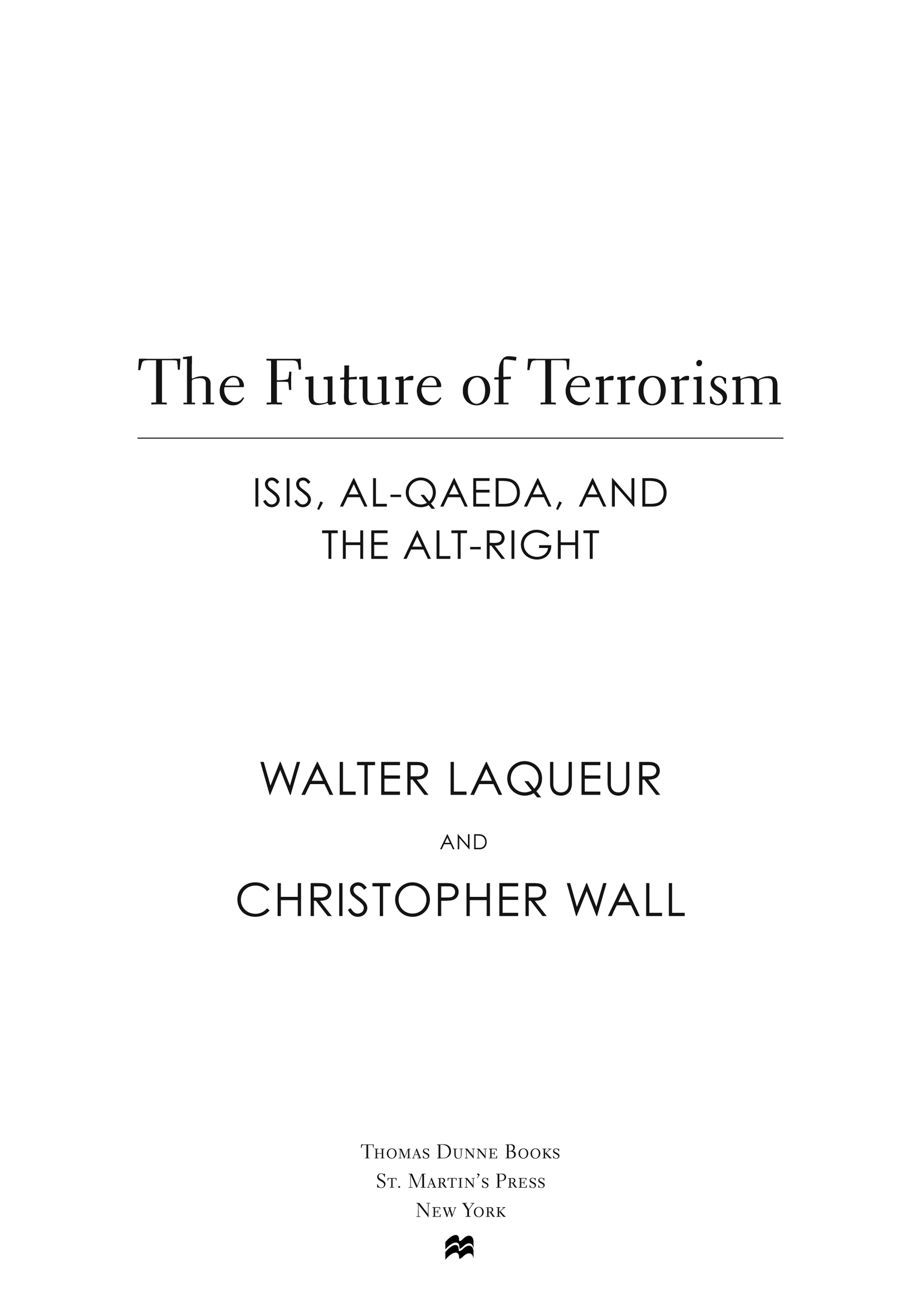
The author and publisher have provided this e-book to you for your personal use only. You may not make this e-book publicly available in any way. Copyright infringement is against the law. If you believe the copy of this e-book you are reading infringes on the authors copyright, please notify the publisher at: us.macmillanusa.com/piracy.
After the death of Osama bin Laden in May 2011, President Obama declared that al-Qaeda no longer posed a threat to the United States and that the danger of terrorism was receding. Yet within three years, his words became hollow with the rise of Islamic State (IS; known as ISIS but referred to throughout this book as IS) and continued plotting by al-Qaeda. Since that fateful day in May, both IS and AQ have expanded their reach across North Africa, the Middle East, and South Asia, inspired thousands to travel to join their fight, and executed violent atrocities like the November 2015 Paris attacks, the March 2016 Brussels Airport bombing, and the August 2017 vehicle attacks in Barcelona. The public wants to know, of course, why this is happening and when it is likely to end. There has been a deluge of literature published in the past decade that has tried to answer these two questions, but much of it is incomplete in its analysis, fails to explore the structure of terrorism, or approaches the topic with specifics that are too technical for a general audience.
The fact is that terrorism is a phenomenon rife with inconsistencies, conspiracies, mixed ideologies, and the ability to generate immense fear, which is exploited by both politicians and terrorists alike. This has made giving an objective accounting of the subject nigh impossible largely because in the public sphere, there is no common ground in terms of a definition, modality, or strategic purpose. All that people understand is that seemingly chaotic events conspire to bring about tragedies and death, and that victims and perpetrators launch accusations and counteraccusations about responsibility and guilt. Little effort is made to help the public understand what distinguishes terrorism from other forms of political violence waged by nonstate actors, such as guerrilla warfare or insurgency, especially when terrorists often obfuscate the distinctions in their propaganda and their justifications for violence. Adding to this confusion is the way terrorism portrays itself. Until recently, few terrorist groups ever identified as such, and even fewer would argue that their violence was not justified either from a humanitarian perspective or from a strictly moral view. In addition, for most of the time it has been in use as a tactic, terrorism has seen groups emerge from all over the ideological spectrum: the violent left-wing intellectuals of Europe, the brutal fascists in Germany and Italy prior to World War II, and various groups from all the worlds major religions. Not surprisingly, given its persistence and variability in structure and ideology, the use of the word terrorism often degenerates into an ad hominem used by political rivals to sully their opponents and their policies.
Today, terrorism has the ability, more than ever, to upend the global political order. ISs advance across northern Iraq not only left thousands dead through horrific acts of violence but also sought to challenge the very concept of the nation-state by erasing the borders between Iraq and Syria and establishing a pan-Islamic political entity that claimed sovereignty over the worlds entire Muslim population. In the West, brazen plots by IS and al-Qaeda helped usher in populists in both Europe and North America with decidedly Islamophobic messages. In the United States and the United Kingdom, politicians offered extreme and radical solutions to the problem of terrorism that threatened to upend their liberal-democratic political charters. In both instances, these individuals were elected. Claiming terrorism is a violent act inextricably linked to a particular religion or part of the world is not enough. One needs to learn its historical background to understand what terrorism actually is and how to define it. Only then can we contextualize modern terrorism, because we will have a paradigm for evaluating brazen new acts committed by any future terrorist entity. Aside from history, there is a critical need for explorations and explanations of the actors as well as the jargon associated with the modern terrorist threat. This includes terms like lone-wolf terrorism , the idea of the caliphate, propaganda of the deed, the various branches of both IS and al-Qaeda, and even the terrorist groups unassociated with these movements. Finally, it is imperative to understand the rationale and reasoning for terrorism. The scary truth, despite what the media suggests, is that terrorism is not the product of psychosis or irrationality; if anything, it is an extremely logical and reasonable form of political violence that produces results. Yet despite this and the way terrorists portray themselves to the world, in the final analysis, they are nonstate actors that commit violence against nonmilitary targets outside of war zones to fuel an emotional response that will affect the politics of a group, society, nation, or even continent. This, by every extant legal convention, is both illegal and without justification.
As one of the authors of this present effort, I, Walter Laqueur, first wrote of terrorism more than forty years ago, when the field was quite inchoate and few had bothered to give a systematic accounting of the phenomenon. In my book Terrorism, I noted that terrorism was one of the most widely discussed issues of the time but also one of the least understood. In the years that have passed, interest has not waned but rather has grown exponentially as other great dangers seem to have receded. More than a quarter century after the Cold Wars conclusion, with new risks of conflict between world powers and permanent ecological disaster on the horizon, is the enormous amount of publicity for terrorism justified, or is its importance and prevalence exaggerated? We shall return to this question later.
Recent manifestations of terrorism have been described in countless books, monographs, articles, plays, novels, and movies, with varying degrees of sophistication. Terror has fascinated metaphysicians and popular novelists alike. The causes of terrorism, its financial sources, the distinction between terrorism and guerrilla warfarethese and many other issues have been debated and commented upon in many quarters and in various languages. It is perhaps noteworthy that there is little about this subject written in Arabic (other than publications created by IS and other such organizations) or in Russian, even though it can be taken for granted that the phenomenon has not escaped the attention of the Russian policy makers and secret services. But what could be the reason for the neglect of terrorism in Arab literature?
What has been very seldom discussed with the general public is the efficacy of terrorism in changing the very structure of government. An example would be 9/11. Historians, political scientists, and others have written at length in their technical journals about how it shaped the political character of the United States, its allies, and other countriesgiving voice to hawkish leaders and restrictive legislationbut rarely is the public fully briefed on domestic or international structural changes. The attacks on New York and Washington had an enormous impact on public opinion and on policy makers, especially in the United States, but also in other countries. The attacks led to the establishment of the Department of Homeland Security, and according to The Washington Post , the employment of about 200,000 contractors and about 188,000 federal employees, not including uniformed members of the Coast Guard. This is a larger staff than most other U.S. government agencies. Following the attacks, NATO activated Article V of its charter in a show of solidarity with the United States, enmeshing member states into the prolonged conflict that is Afghanistan. But in what way have the events of 9/11 changed the international balance of power? This is hard to measure. Since that morning, the United States has prioritized conflicts in the Middle East and has diverted resources it would have used to counter or, at the very least, accommodate the rise of China in the western Pacific. This focus on the Middle East has meant that would-be terrorist leaders have been in the United States crosshairs, undoubtedly hastening their deaths. Indeed, given how skilled the United States has become at killing terrorists, there was a joke for a while that the surest way to die was to become al-Qaedas third in command, given how frequently American drone strikes targeted them. Not surprisingly, this gave space for China to assert itself and work toward asserting hegemony in the Pacific, knowing that the United States was too immersed in conflicts of choice to bother responding. It is doubtful that this was al-Qaedas objective. China both opposes the groups long-term ambitions of a caliphate that rules the world and represses its Uighur population, a minority Muslim sect in the western part of the country.


